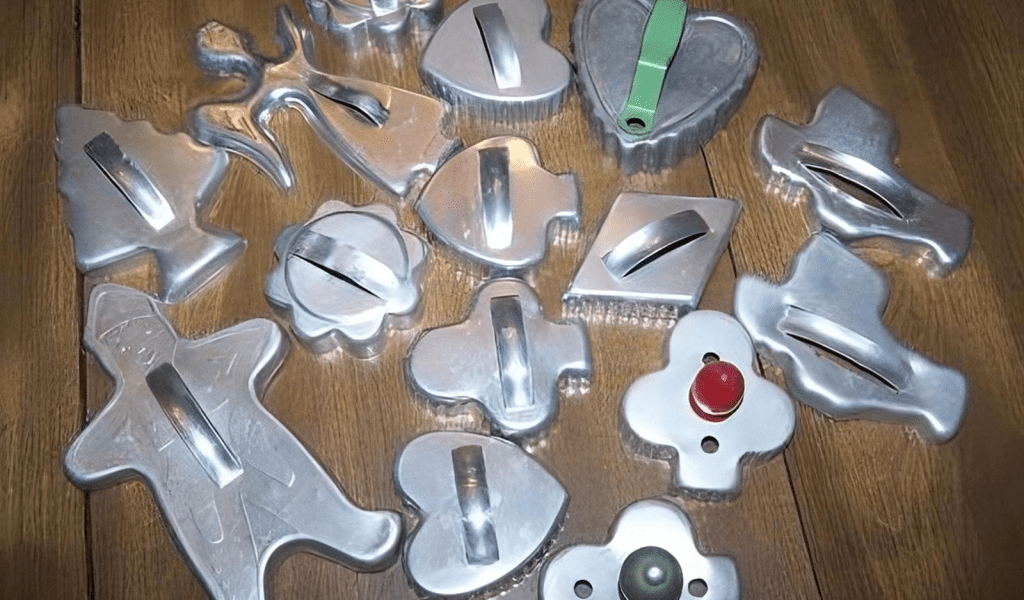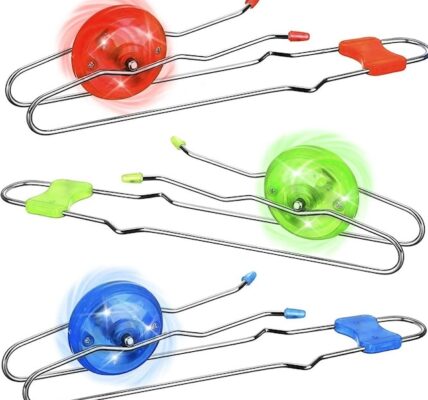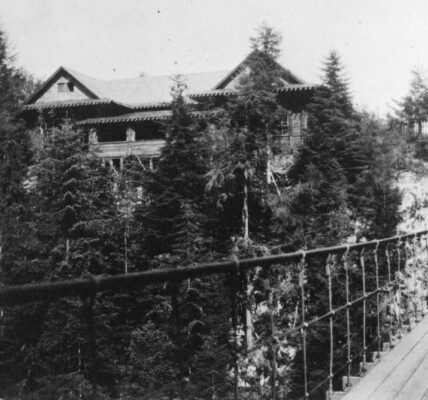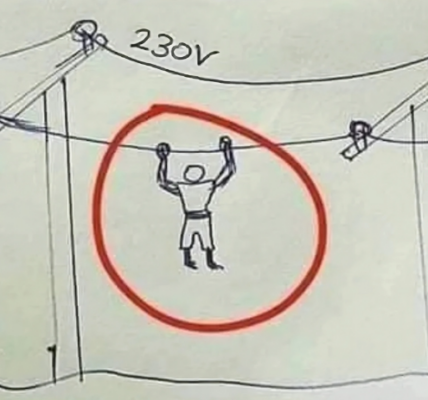Cookie cutters hold a special place in the hearts of bakers, sparking memories of flour-dusted kitchens and holiday traditions. Whether you’re using a vintage tin cutter or exploring modern designs, cookie cutters are as charming as they are functional. Let’s explore the captivating history of these shape-makers, their role in festive baking, and the collectors who cherish them today.
The Historical Roots of Cookie Cutters
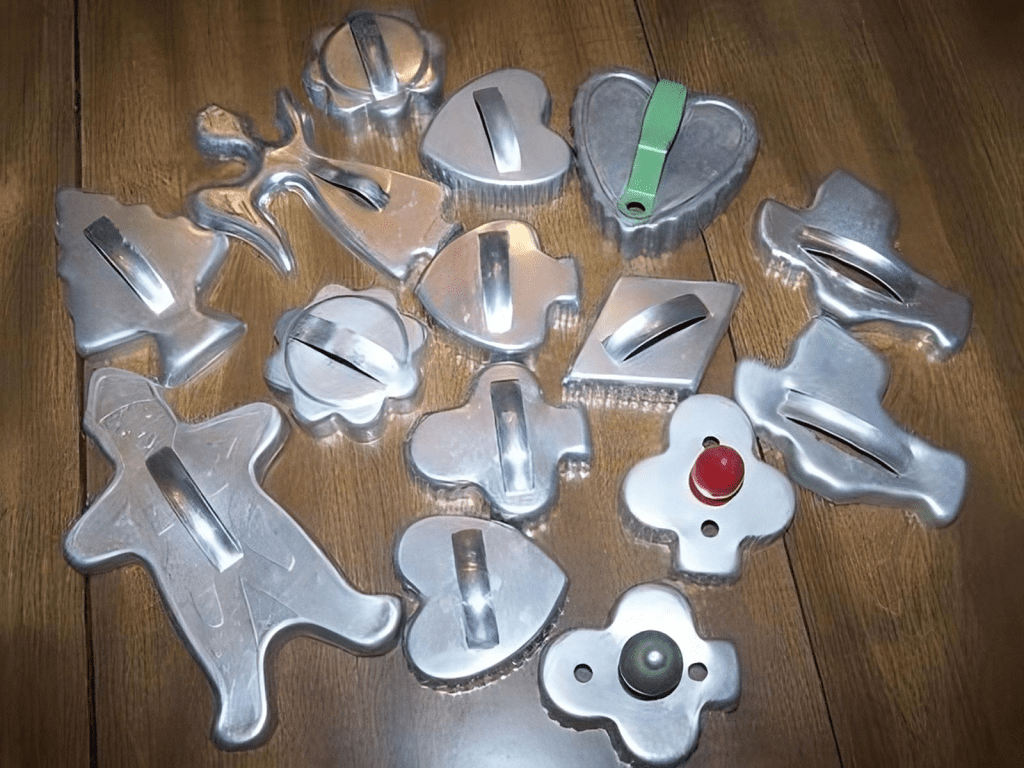
While shaped pastries date back to ancient Egypt, the cookie cutters we recognize today likely originated in Italy before the 1400s. By the 1500s, these “imprint cutters” gained popularity across Europe, particularly in the United Kingdom, where they were used not only to cut shapes but to press intricate designs into the dough.
Early cookie cutters, known as “biscuit cutters” outside the US, were often carved from wood. This tradition flourished in Germany’s Black Forest, where bakers used ornately carved molds to make festive cookies. German and Dutch immigrants later brought this craft to America, particularly to Pennsylvania, where holiday baking became a beloved custom. As metal became more available in the 1700s, bakers transitioned to tin and copper, which proved better suited for cutting dough.
The Evolution of Cookie Cutters in America
In Colonial America, England’s control over tin limited American bakers to using tin scraps for cookie cutters. Early cutters featured flat backs and simple designs due to material scarcity. Only after the Revolutionary War did cutters with handles appear, marking a new era of baking tools.
By the mid-1800s, metal cookie cutters were being mass-produced in the US, with aluminum cutters arriving by the 1930s. Around the same time, plastic cutters made colorful additions to the baker’s toolkit. Today, cutters come in endless shapes and themes, thanks to 3D printing, which allows for limitless customization. Now, bakers can find cutters for every occasion, from holidays to special events.
The Holiday Connection: Cookie Cutters in Winter Traditions
For many, cookie cutters and winter holidays go hand-in-hand. Shapes like Christmas trees, stars, gingerbread men, and reindeer have become iconic in holiday baking. Choosing festive cutters and pressing dough into these cheerful shapes adds excitement to the baking process, making memories as sweet as the treats themselves.
In some families, cookie cutters are cherished heirlooms passed down through generations. Vintage tin or aluminum cutters, often showing signs of age, are reminders of holidays past. A well-loved reindeer cutter, for example, might be slightly bent or worn, a “flaw” that often adds to its charm and brings back fond memories of family baking marathons.
Collecting Cookie Cutters: From Hobby to Passion
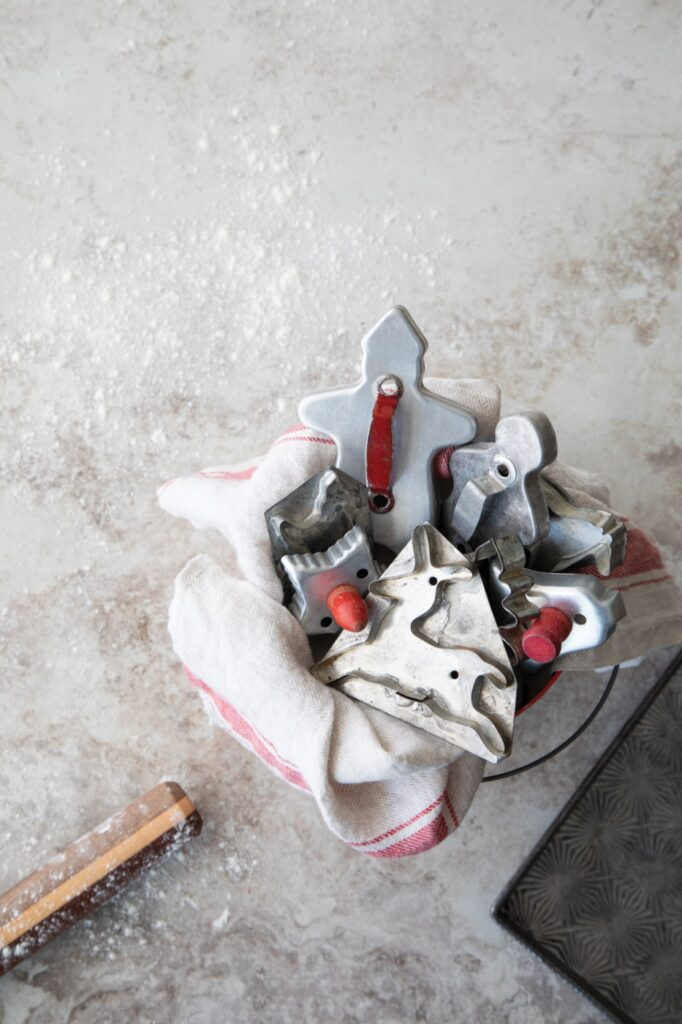
For some enthusiasts, cookie cutters are more than sentimental items—they’re collectibles. With a wide variety of shapes, materials, and designs, cutters tell the story of baking history and reflect cultural shifts over time. Many collectors join organizations like the Cookie Cutter Collectors Club, a community dedicated to preserving these unique kitchen tools. The club oversees the National Cookie Cutter Historical Museum in Joplin, Missouri, where visitors can see how cutters have evolved through the decades.
Some collectors even go to extraordinary lengths, amassing thousands of cutters and finding creative ways to display them. Beyond cookies, cutters are also used to shape foods like sandwiches, fruit, and even mashed potatoes, adding a touch of whimsy to every meal.
Unique Uses for Cookie Cutters Beyond Baking
While cookie cutters are traditionally used for baking, their versatility extends far beyond cookies. Here are a few creative ways to use them:
- Sandwich Shapes: Transform plain sandwiches into fun shapes, perfect for kids’ lunchboxes and themed parties.
- Fruit and Cheese Platters: Cut fruits like melon and apples, or cheese slices, into eye-catching shapes to make party platters more festive.
- Pancake Art: Pour batter into cookie cutters on a griddle to create shaped pancakes that delight kids and adults alike.
- Holiday Crafts: With a bit of paint and ribbon, cookie cutters make charming ornaments and gift tags.
- Candle Molds: Use cutters as molds to pour melted wax, creating unique candles that add a homemade touch to holiday décor.
These versatile tools prove that cookie cutters are not just for baking—they’re for adding creativity and joy to everyday life.
Vintage Cookie Cutters: A Slice of Nostalgia
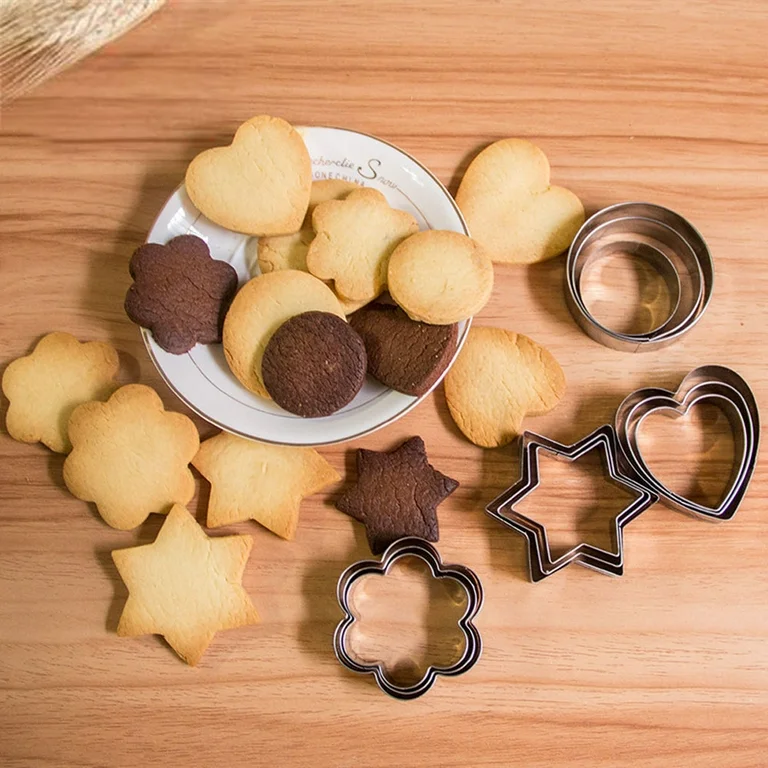
Vintage cookie cutters, especially those made of tin or aluminum, evoke a sense of nostalgia that transports us back to simpler times. Many of these cutters, with their classic shapes and folk-art designs, reflect the aesthetic of earlier decades. Some vintage cutters were made with lead-based solder, which makes them unsuitable for food use today but valuable as collectibles.
For collectors, vintage cutters offer charm, history, and character. Each one tells a story through its wear, patina, and slightly imperfect edges, making each piece a unique part of culinary history.
The Cookie Cutter’s Role in Modern Kitchens
Despite today’s high-tech gadgets, cookie cutters have held their place as a beloved baking tool. Their simplicity and nostalgic value make them timeless, whether you’re baking holiday treats or whipping up a fun weekend project. With online stores and 3D printing, bakers can now create custom cookie cutters, merging tradition with personal creativity.
For some, cookie cutters are an artistic outlet; for others, they’re essential to family traditions. In either case, these tools continue to bring people together, turning ordinary ingredients into something magical.
Conclusion: The Lasting Charm of Cookie Cutters
Cookie cutters are more than baking tools—they’re bridges between generations, connecting the past with the present. From their European origins to their role in today’s holiday festivities, cookie cutters have found a special place in our homes and hearts. Whether you’re using a vintage cutter passed down through your family or a custom design created for a special occasion, these charming tools invite us to celebrate, create, and savor the simple pleasure of baking. So, next time you bring out your favorite cookie cutter, remember that you’re continuing a tradition that’s as sweet and timeless as the cookies themselves.
